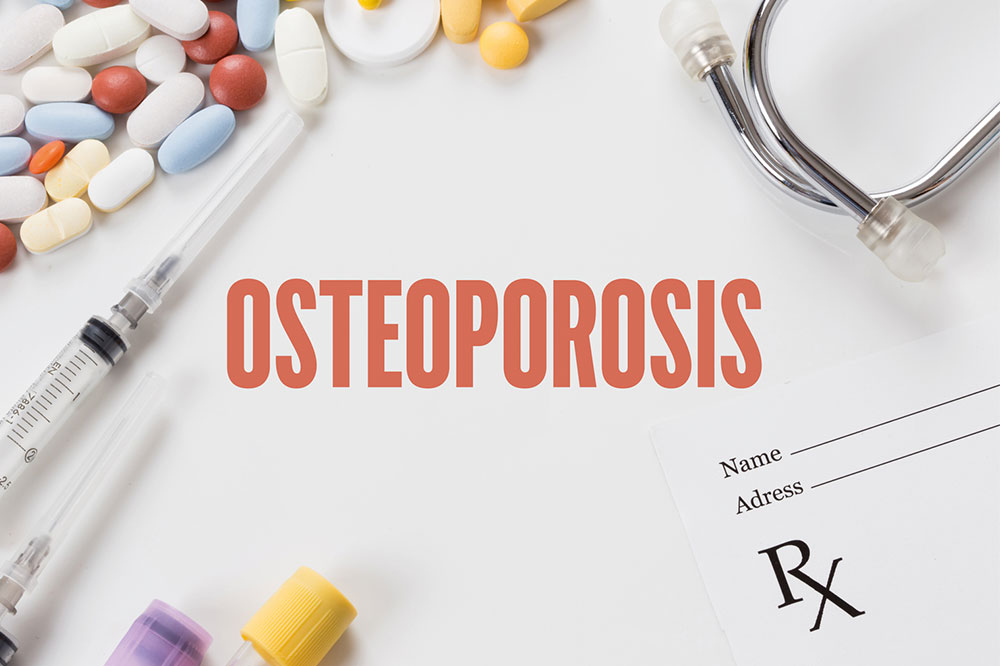Comprehensive Guide to Managing Osteoporosis Effectively
This comprehensive guide provides effective strategies for managing osteoporosis, including treatments, dietary advice, and lifestyle modifications. Learn how medications like EVENITY® and Prolia®, nutritional tips, and tailored exercise routines can help strengthen bones and prevent fractures. Early detection and proactive management are essential for maintaining quality of life and reducing health risks associated with osteoporosis.

Comprehensive Guide to Managing Osteoporosis Effectively
Osteoporosis is a common yet often overlooked condition characterized by decreased bone density, leading to porous and fragile bones that are highly susceptible to fractures. Globally, an estimated 54 million people are affected by osteoporosis, making it a major health concern, especially among older adults. Although osteoporosis can develop in both men and women, women—particularly postmenopausal women—are at a significantly higher risk due to hormonal changes that accelerate bone loss. This comprehensive guide explores practical and scientifically-supported strategies to manage osteoporosis, focus on effective treatments, dietary recommendations, and lifestyle modifications aimed at improving bone health and reducing fracture risk.
Understanding Osteoporosis and Its Impact
What Is Osteoporosis? — Osteoporosis is a medical condition characterized by a reduction in bone density and quality, resulting in porous, brittle bones. This condition develops silently over years without obvious symptoms until a fracture occurs. Common fracture sites include the hip, spine, and wrist, which can significantly impair mobility and quality of life.
Prevalence and Risk Factors — With millions affected worldwide, osteoporosis is considered a major public health issue. Risk factors include aging, hormonal changes (especially in women after menopause), nutritional deficiencies, sedentary lifestyle, smoking, excessive alcohol consumption, and certain medications or medical conditions that impact bone health.
Medical Treatments for Osteoporosis
Advancements in osteoporosis management have introduced several targeted therapies that help strengthen bones and reduce fracture risk. The choice of medication depends on individual health status, severity of bone loss, and risk factors. Here are some of the most effective and widely-used treatment options:
EVENITY® — This innovative medication is often prescribed for postmenopausal women at high risk for fractures. It works by inhibiting sclerostin, a protein that suppresses bone formation, thereby promoting new bone growth and reducing bone loss. The treatment involves receiving an injection every two weeks, with patients typically experiencing significant improvements in bone density over time. The benefits include increased bone strength and a notable decrease in fracture risk.
Prolia® (denosumab) — Prolia is another effective option, especially for individuals with severe osteoporosis or those who have experienced fractures. It is administered via a pre-filled syringe every six months, making it convenient for long-term management. Denosumab works by inhibiting osteoclasts—cells responsible for bone breakdown—thus slowing the process of bone deterioration and maintaining or increasing bone density.
Dietary and Nutritional Strategies
Nutrition plays a crucial role in managing osteoporosis. Ensuring adequate intake of key nutrients can help slow bone loss and promote bone regeneration. Here are some dietary recommendations:
Calcium-Rich Foods — Calcium is essential for maintaining strong bones. Incorporate dairy products like milk, yogurt, and cheese, as well as leafy green vegetables such as kale and broccoli. Nuts and seeds, especially almonds and chia seeds, are also good sources.
Vitamin D Intake — Vitamin D enhances calcium absorption in the gut. Exposure to sunlight helps the body produce vitamin D naturally, but supplements or foods like fatty fish (salmon, mackerel), egg yolks, and fortified cereals are beneficial for those with limited sun exposure.
Avoid Harmful Foods — To prevent exacerbating osteoporosis, limit consumption of foods high in refined sugars, excessive salt, and unhealthy processed snacks. These can contribute to calcium loss and weaken bones over time.
Exercise and Lifestyle Adjustments
Physical activity is one of the most effective ways to preserve and improve bone health. Regular exercise can stimulate bone formation and strengthen musculoskeletal support. Here are tailored exercise recommendations:
Low-Impact Exercises — Activities such as swimming, brisk walking, and gentle jogging are excellent for maintaining bone strength without putting excessive strain on joints. These exercises improve overall balance and coordination, thereby reducing fall risk.
Weight-Bearing Exercises — Weight-bearing activities like hiking, dancing, and tai chi help stimulate osteogenesis—the process of new bone formation.
Precautions — High-impact or strenuous exercises like heavy weightlifting may increase injury risk for those with weakened bones. Consult healthcare providers before starting new exercise routines and focus on safety to prevent fractures.
Additional Lifestyle Tips
Smoking cessation
Limiting alcohol intake
Maintaining a healthy body weight
Regular health screenings and bone density scans
Implementing these strategies can lead to significant improvements in bone health, reduce fracture risk, and enhance overall quality of life for individuals with osteoporosis. Early diagnosis and proactive management are key components in successfully controlling this condition.





